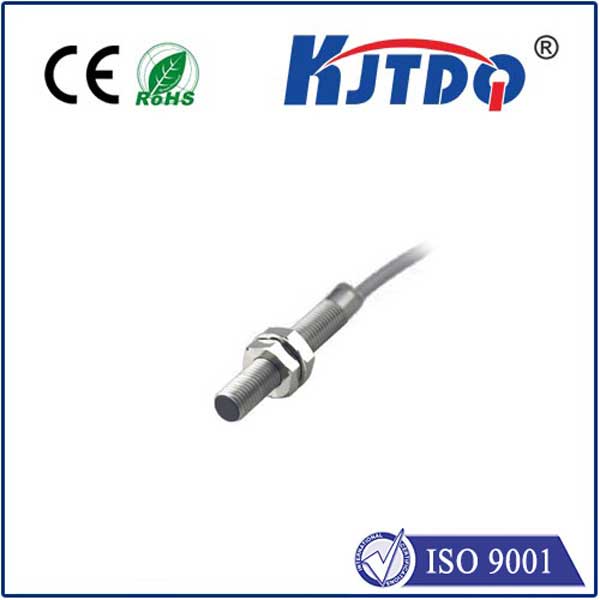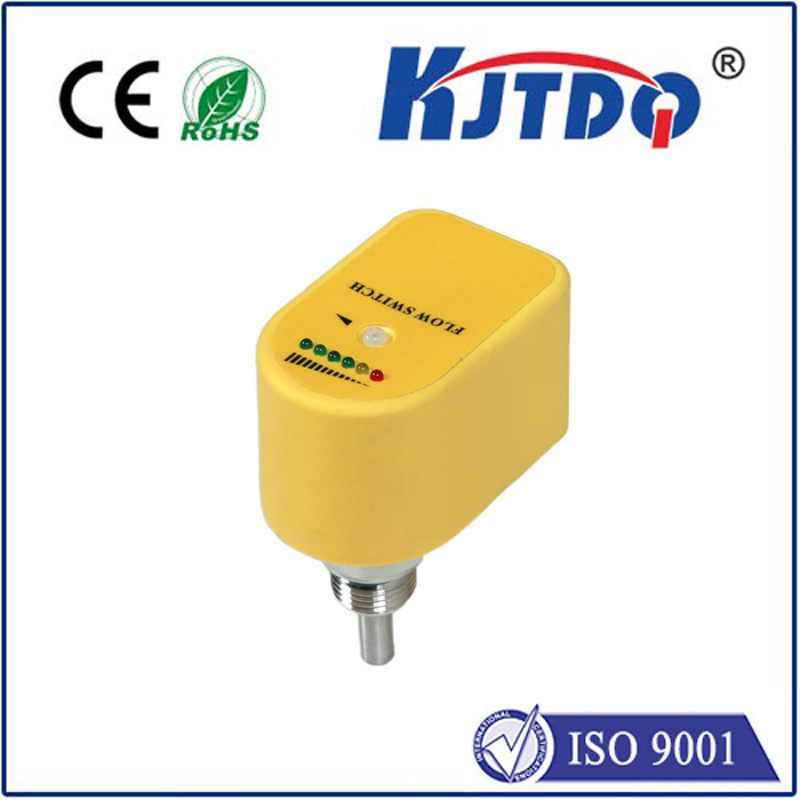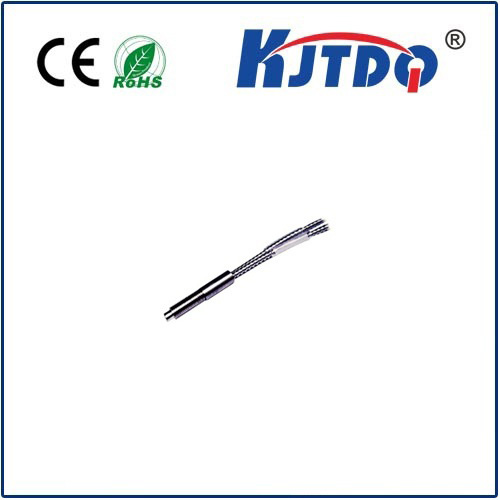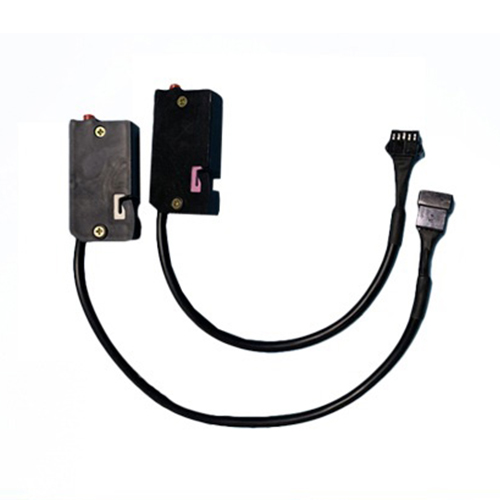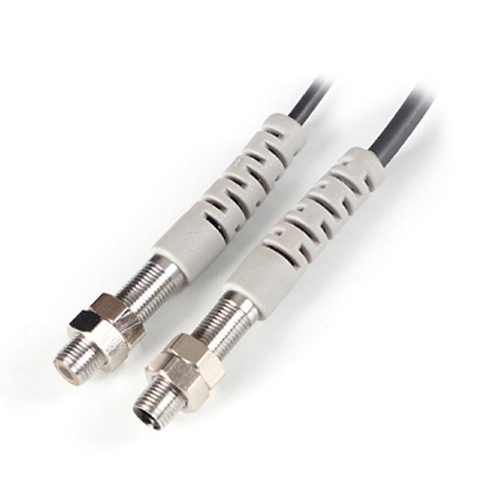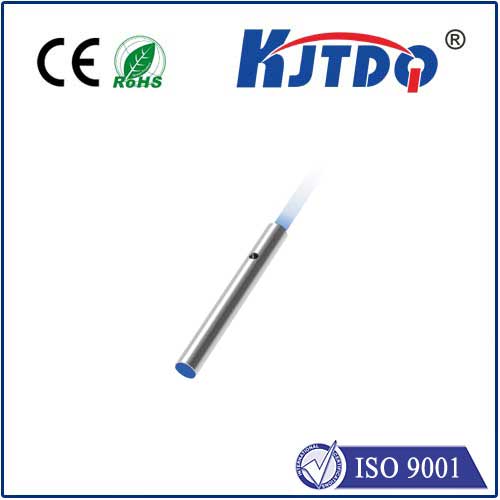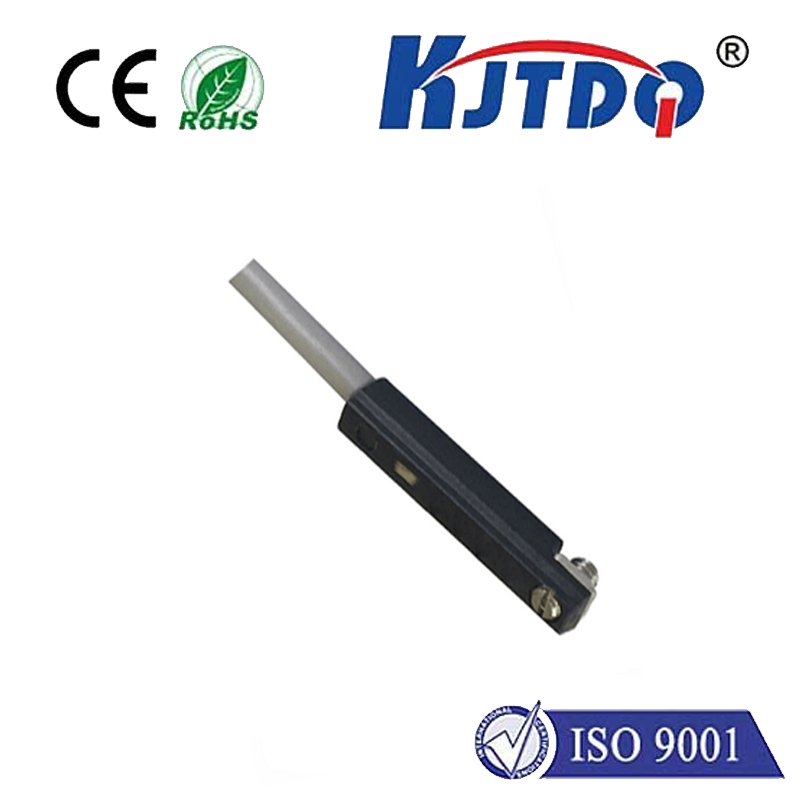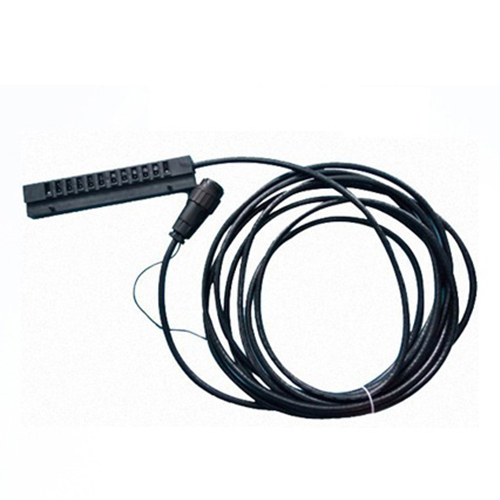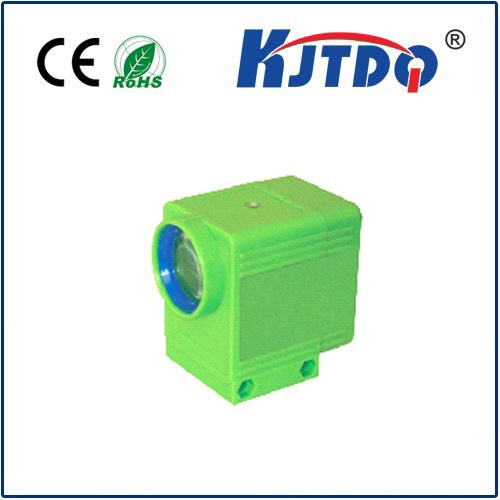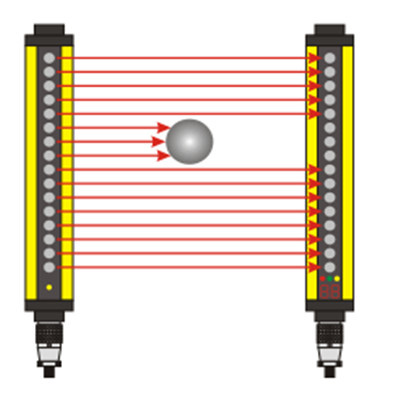

check

check

check

check

check

check

check

check

check

check

Title: The Versatility and Importance of Proximity Switches in Magnetic Sensing In the world of industrial automation and sensing technology, proximity switch magnetic plays a pivotal role. These devices are designed to detect the presence of a magnetic field without any physical contact, making them highly reliable and long-lasting. They find applications in various industries, from manufacturing to automotive, proving their worth as an indispensable component in modern machinery. How Proximity Switch Magnetic Works Proximity switches consist of a coil that produces a magnetic field when an electric current passes through it. This magnetic field extends beyond the switch and can penetrate non-magnetic materials. When a magnetic material comes within its range, the magnetic field distorts, triggering a change in the electrical characteristics of the coil. This change is then detected by the circuitry inside the switch, which processes it and outputs a signal indicating the presence or absence of the magnetic material. Advantages of Using Proximity Switch Magnetic One of the primary benefits of proximity switch magnetic is its non-contact nature. Since there’s no physical contact between the sensor and the target, wear and tear are significantly reduced, leading to greater reliability and longer operational life. Additionally, these switches are not affected by dirt, oil, or other contaminants, which makes them ideal for use in harsh or challenging environments where other types of sensors might fail prematurely. Another advantage is their versatility in terms of detection range and sensitivity. Depending on the design and application requirements, proximity switches can be adjusted to detect magnetic fields over varying distances and with different levels of sensitivity. This flexibility allows them to be used in a wide array of applications, from simple position sensing to complex machine control systems. Applications of Proximity Switch Magnetic Proximity switches are widely used in industrial settings for tasks such as monitoring conveyor belt speeds, counting parts as they move along a production line, and controlling access panels. In automotive engineering, they play a crucial role in anti-lock braking systems (ABS), engine management systems, and even in advanced driver assistance systems (ADAS) like parking assist and blind spot monitoring. Moreover, due to their ability to function without direct contact, proximity switches are perfect for applications where hygiene is paramount, such as in food processing or medical device manufacturing. Their rugged construction also makes them suitable for outdoor use in areas exposed to extreme temperatures or weather conditions. Conclusion The integration of proximity switch magnetic into various industries has revolutionized the way machines interact with their environment. By providing a clean, efficient means of detection, these devices enhance safety, improve accuracy, and increase overall productivity. As technology continues to evolve, so too will the applications for proximity switches, cementing their status as a cornerstone of modern sensing solutions.
